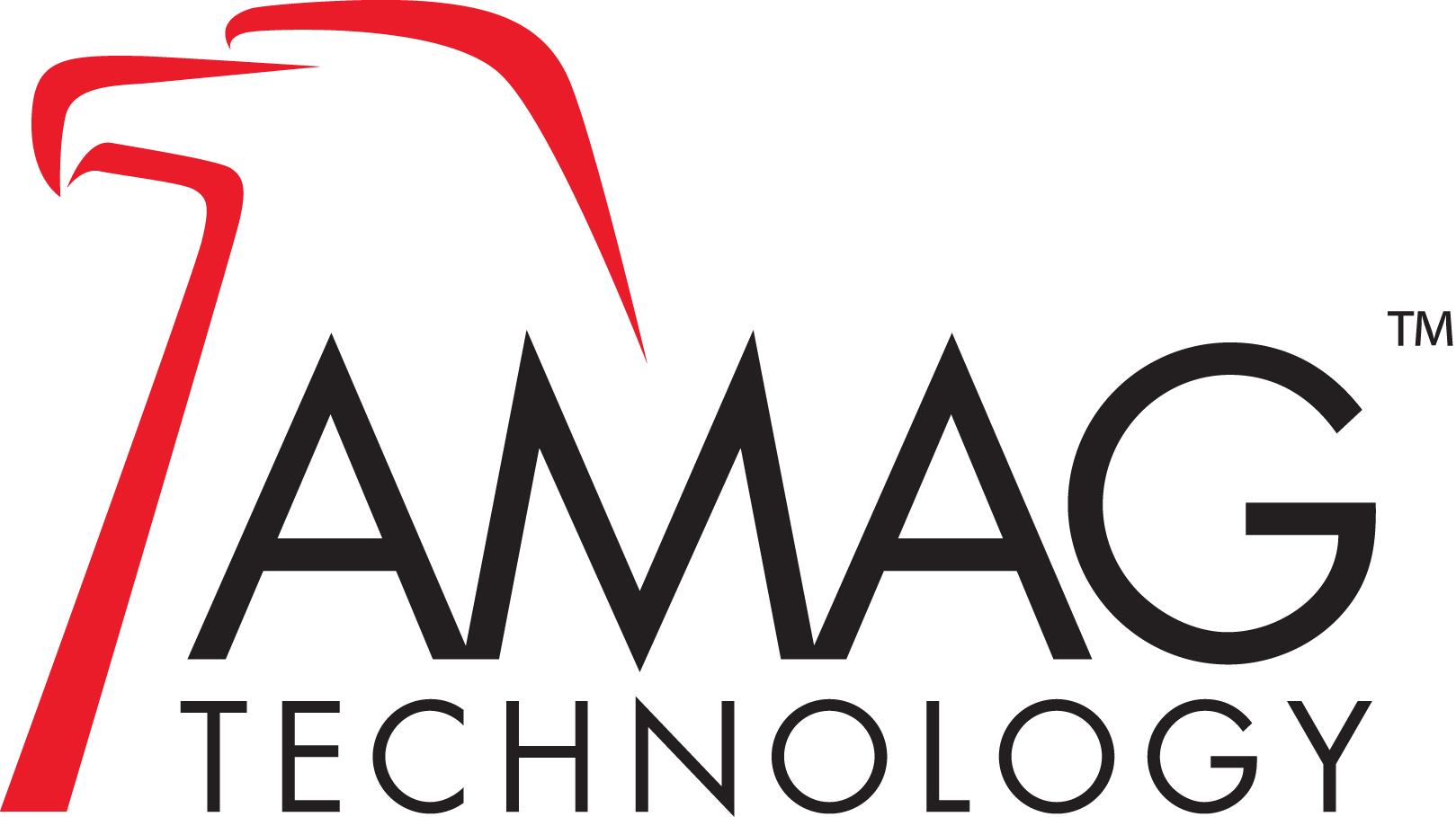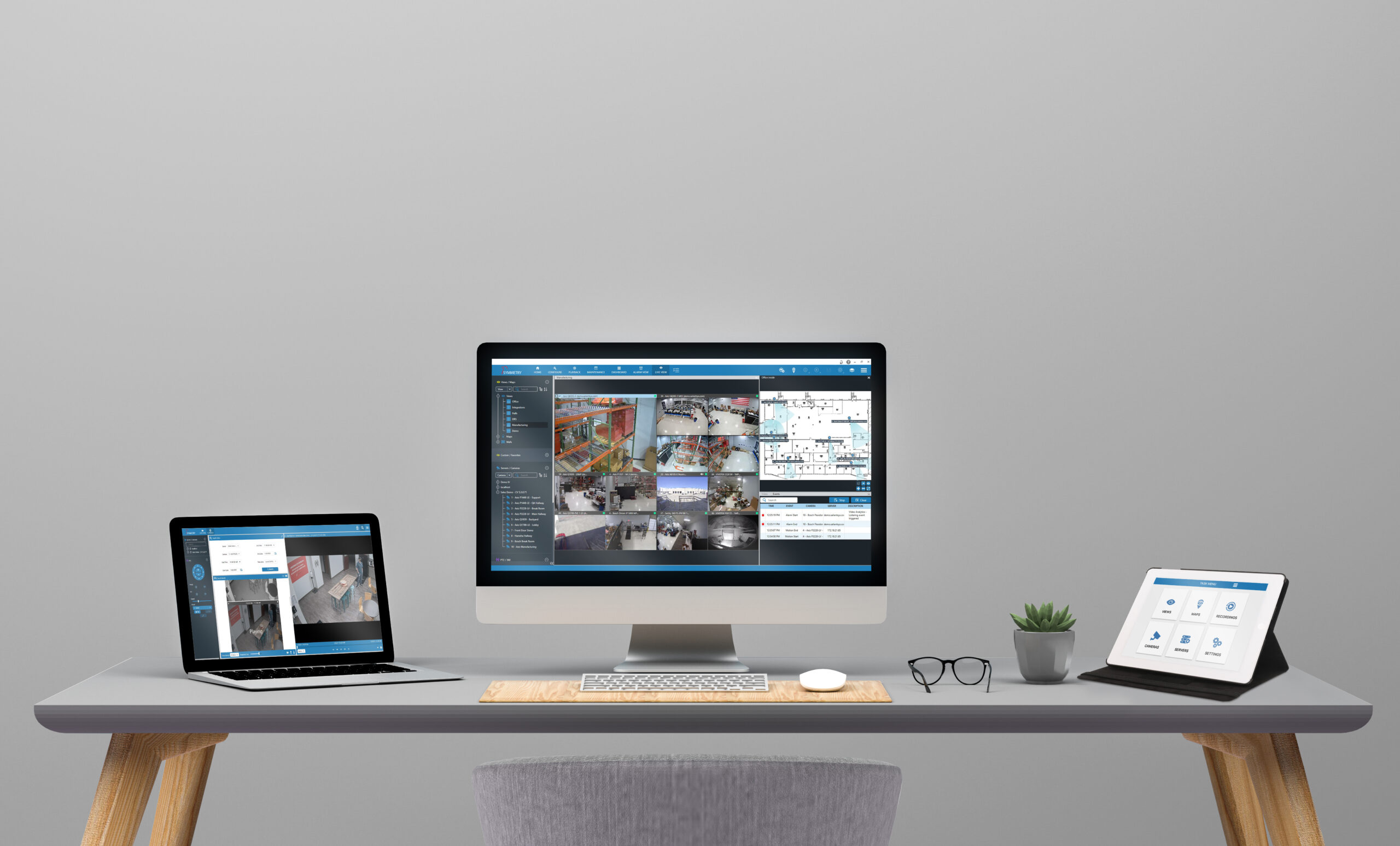There has been a lot of discussion occurring in the security industry lately around open versus proprietary technology. Supposedly, end users prefer to deploy systems they deem as open, versus systems that are viewed as proprietary (or closed). The thought is that an open system provides more choices. End users can easily expand their security systems and integrate with complimentary technologies necessary to secure their people, property and assets. However, as I dug deeper and talked with others in the industry, I realized that everyone has their own definition about what open really means.
What is Open?
According to TechTarget: An open API, also known as a public API, is an application programming interface that allows the owner of a network-accessible service to give universal access to consumers of that service, such as developers. (Source: https://searchmicroservices.techtarget.com/definition/open-API)
My definition of open is when a manufacturer develops their software and hardware following industry standards and makes their API’s available to any company who wishes to integrate with their products.
A proprietary system is by design a closed system that only works with a manufacturer’s own hardware and software. Proprietary companies do not share their API and typically do not make it easy to integrate their products with other technologies.
Some competitors force their partners into very restrictive agreements which limit a resellers ability to sell interoperable solutions. This type of tactic absolutely violates the spirit of open systems. No single component should dictate how an overall system should operate or what it should be able to support. Even if that hardware is commonly used by many access control software companies, is that considered truly open?
Ultimately, an open control panel can integrate with any access control software once the API is provided. This new way of doing business means that even the biggest competitors could become technology partners if the end user chooses to install a system that way. Take a minute for that to sink in. Imagine partnering with your biggest competitor?
Progressive companies understand the importance of delivering an open platform to the market. It uncovers new ways to drive revenue and creates happy customers. Making your own hardware and software allows you to control what success looks like, however being open allows for others to inter-operate and provides for choices for end users.
The Impact of PLAI
The Physical Security Interoperability Alliance introduced the Physical Logical Access Interoperability (PLAI) spec in 2013 which is an example of how the industry is committing to the idea of providing open interoperable solutions. PSIA supports license-free standards and specifications, which are vetted in an open and collaborative manner to the security industry as a whole under the direction of its Board of Directors.
If you visit www.psiaalliance.org, you will notice several large and successful companies that are missing, some of which claim to be open. In other cases what limitations are these companies putting on their PLAI relationships? Are companies signing up for PLAI, but still choosing to hold back and not make their API available depending on the client? If having an open system is that important, why isn’t everyone a member and compliant with PLAI?
AMAG’s Transformation to Open
For the past few years, AMAG Technology has been transforming into a total unified solution provider that provides open solutions. Our history shows we’ve been known as primarily an access control company with a proprietary system, and our older panels support that statement. But that is no longer correct.
About three years ago, we released Symmetry CONNECT. Symmetry CONNECT is a policy-based identity management platform that helps organizations of all sizes to manage the identities of their employees, visitors and contractors and operate more efficiently by meeting compliance requirements, reducing operating costs and providing a safer environment. This affordable, open platform operates in the cloud and helps companies with onboarding, offboarding, access requests, recertification, audits and compliance. This was a turning point product for us, and one that set us on a new course. Today, other access control companies refuse to provide their API to Symmetry CONNECT to interoperate. However, PLAI will allow CONNECT to inter-operate to those companies who want to be open.
Our next release was Symmetry GUEST, our web-based visitor management system, which automates how organizations manage visitors. This open platform provides an audit trail to track all visitors, meet compliance and improve a visitor’s overall experience. The GUEST API is available to any company that would like their solution to inter-operate.
Our brand new Symmetry M4000 panel uses an onboard Linux operating system with an open API. Linux is an open-source software operating system. Any company is able to integrate their access control software solution to the M4000.
Our Symmetry CompleteView Video Management System has always been open. It operates with countless camera manufacturers and access control systems, including AMAG’s Symmetry Access Control system.
AMAG’s Symmetry Blue bluetooth transition reader is completely open. It provides a transition from proximity to Smartcard to mobile while meeting OSDP (Open Supervised Device Protocol) standards. As companies upgrade their access control systems to meet OSDP, they will need to replace their readers. Symmetry Blue is designed to be a perfect solution for these upgrades, it is OSDP compliant, operates with existing systems, plus the mobile credential is free where other companies charge for it. It really is the only choice when it comes to readers.
Our two most recent additions to our product line continue to show our commitment to providing open solutions and expand well beyond access control. Early in 2018 we released an incident and case management solution. Symmetry Incident Management automates, investigates, analyzes and documents incidents to help organizations make informed decisions to operate efficiently, save money, mitigate risk and enforce compliance. It operates with our Symmetry Access Control to provide a total solution. Symmetry Incident Management has a completely open and available API for any organization wanting to add an incident and case management system to their security program.
At GSX, we launched Symmetry Control Room, command and control software. Control Room converges all systems through it, seamlessly integrating Symmetry Access Control and Symmetry CompleteView Video. The open source platform provides the ability to communicate with different technologies coupled with a powerful graphics engine to create the best layout to visualize and efficiently navigate a unified security environment. Again, an open API allows any company the ability to develop an interoperable integration, providing a single pane of glass to manage all video, alarms and events.
AMAG’s astonishing evolution to providing an open, unified solution demonstrates our commitment to the security market. We will continue to push the envelope as our customers express their needs and technology evolves.
By AMAG Technology President, Kurt Takahashi



